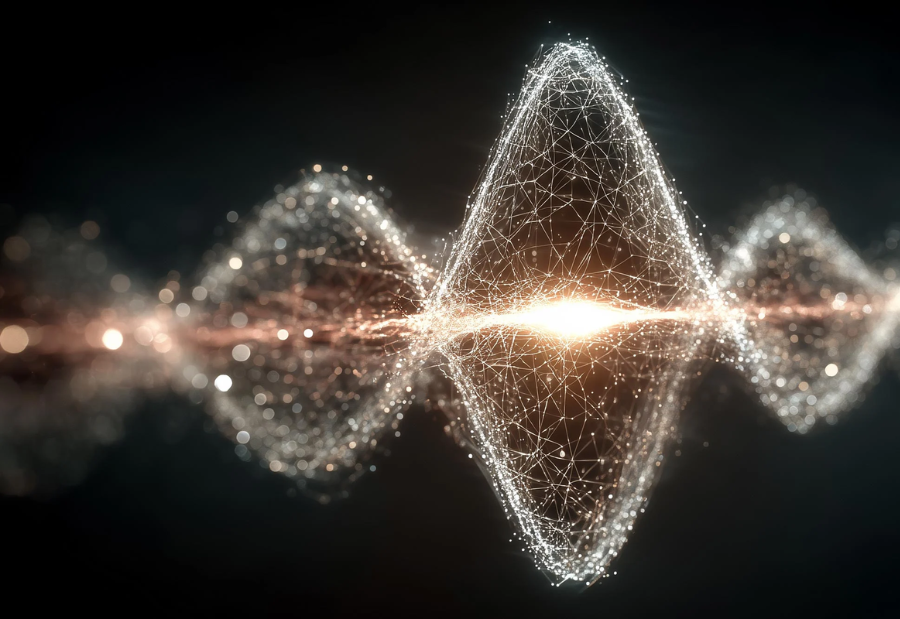Scientists have discovered a new way to make quantum computers more practical by using sound waves to extend how long quantum information can last. Researchers have developed a hybrid quantum memory that converts electrical information into sound, allowing quantum states to remain stable up to 30 times longer than in standard superconducting systems.
Traditional computers use bits that can only be 0 or 1. Quantum computers use qubits, which can exist as both 0 and 1 at the same time through a phenomenon known as superposition. This gives quantum computers the power to solve problems far beyond the reach of conventional machines.
Most quantum computers today are built on superconducting systems that operate at very low temperatures. These systems use qubits to perform fast and complex operations but struggle to store quantum information for long. To address this, scientists have been working on building quantum memories.
A team of scientists has now shown a new method where electrical signals are turned into sound. This technique allows superconducting qubits to hold their quantum states 30 times longer than before. The work was carried out by graduate students Alkim Bozkurt and Omid Golami under the supervision of Mohammad Mirhosseini, assistant professor of electrical engineering and applied physics. Their findings were recently published in a scientific journal.
“Once you have a quantum state, you might not want to do anything with it immediately,” Mirhosseini explained. “You need to have a way to come back to it when you do want to do a logical operation. For that, you need a quantum memory.”
The scientists team built a tiny mechanical oscillator, which works like a miniature tuning fork, on a chip with a superconducting qubit. The oscillator uses flexible plates that vibrate at gigahertz frequencies, allowing it to store and release quantum information. The results showed that these oscillators can preserve quantum states much longer than existing superconducting qubits.
This approach offers several benefits. Acoustic waves move slower than electromagnetic waves, making devices more compact. Mechanical vibrations also stay contained, preventing energy loss and unwanted interference. This could allow many oscillators to be built on a single chip, offering a scalable path for quantum memories.
The scientists believe the next step is to increase the interaction speed between electrical and acoustic signals. Mirhosseini noted that improving the system by a factor of three to ten would make it more useful for quantum computing.
Also read: Viksit Workforce for a Viksit Bharat
Do Follow: The Mainstream formerly known as CIO News LinkedIn Account | The Mainstream formerly known as CIO News Facebook | The Mainstream formerly known as CIO News Youtube | The Mainstream formerly known as CIO News Twitter |The Mainstream formerly known as CIO News Whatsapp Channel | The Mainstream formerly known as CIO News Instagram
About us:
The Mainstream formerly known as CIO News is a premier platform dedicated to delivering latest news, updates, and insights from the tech industry. With its strong foundation of intellectual property and thought leadership, the platform is well-positioned to stay ahead of the curve and lead conversations about how technology shapes our world. From its early days as CIO News to its rebranding as The Mainstream on November 28, 2024, it has been expanding its global reach, targeting key markets in the Middle East & Africa, ASEAN, the USA, and the UK. The Mainstream is a vision to put technology at the center of every conversation, inspiring professionals and organizations to embrace the future of tech.




